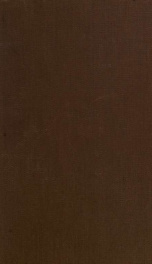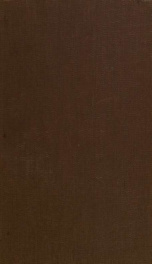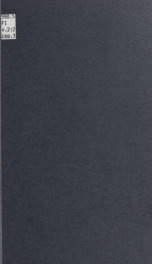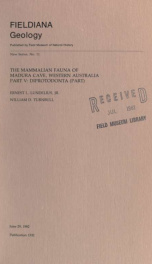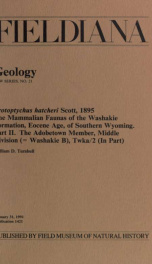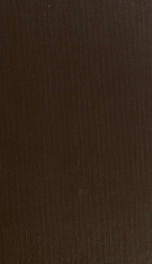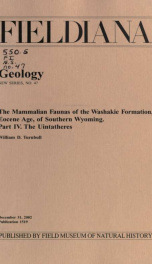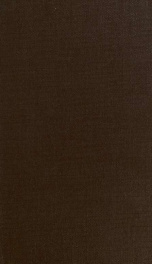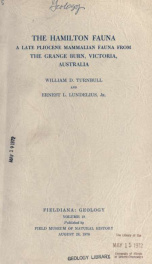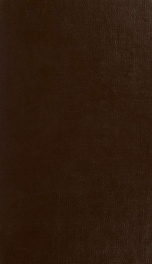The mammalian fauna of Madura Cave, Western Australia Fieldiana, Geology, new series, no. 6
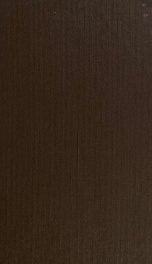
The peramelids represented in the Madura Cave deposits are Perameles bougainvillei, Isoodon obesulus, Chaeropus ecaudatus, and Macrotis lagotis. -- Perameles bougainvillei is found in abundance in all stratigraphic units. Specimens from unit 1 (7420 B.P. and younger) show no qualitative differences from those in units 2 through 4-5 (15,000-22,000 B.P.). Post-Pleistocene reduction in size is indicated by significant differences in three of nine dental measures tested (P < 0.5, one sided "t" test). -- Chaeropus ecaudatus and Macrotis lagotis are represented in all units and are known from the Nullarbor Plain in historic times. No morphological changes in these species are seen in the period of time represented by the Madura Cave deposits. -- Isodon obesulus is present in all units except unit 7. Its absence from unit 7 is possibly a sampling accident. The recovered specimens are intermediate in size between specimens of I. obesulus from southwestern Australia and Victoria and specimens of I. auratus, but they are closer to the former. No morphological differences are seen between the specimens from unit 4-5 and unit 1. This taxon is not known to have been present on the Nullarbor Plain in historic time. Its presence in early Holocene deposits suggests a change to drier climatic conditions in this region during this time Includes bibliographical references (p. 70-72) The peramelids represented in the Madura Cave deposits are Perameles bougainvillei, Isoodon obesulus, Chaeropus ecaudatus, and Macrotis lagotis. -- Perameles bougainvillei is found in abundance in all stratigraphic units. Specimens from unit 1 (7420 B.P. and younger) show no qualitative differences from those in units 2 through 4-5 (15,000-22,000 B.P.). Post-Pleistocene reduction in size is indicated by significant differences in three of nine dental measures tested (P < 0.5, one sided "t" test). -- Chaeropus ecaudatus and Macrotis lagotis are represented in all units and are known from the Nullarbor Plain in historic times. No morphological changes in these species are seen in the period of time represented by the Madura Cave deposits. -- Isodon obesulus is present in all units except unit 7. Its absence from unit 7 is possibly a sampling accident. The recovered specimens are intermediate in size between specimens of I. obesulus from southwestern Australia and Victoria and specimens of I. auratus, but they are closer to the former. No morphological differences are seen between the specimens from unit 4-5 and unit 1. This taxon is not known to have been present on the Nullarbor Plain in historic time. Its presence in early Holocene deposits suggests a change to drier climatic conditions in this region during this time Fieldiana series has been published as Geological Series by Field Columbian Museum (1895-1909) and Field Museum of Natural History (1909-1943), and as Fieldiana: Geology by Chicago Natural History Museum (1945-1966) and Field Museum of Natural History (1966-1978). Fieldiana Geology New Series No. 1 began June 29, 1979
Info about the book
Author:
Series:
Unknown
ISBN:
3642250378
Rating:
5/5 (2)Your rating:
0/5
Languge:
English
Users who have this book
Users who want this book
What readers are saying
What do you think? Write your own comment on this book!
write a commentif you like The mammalian fauna of Madura Cave, Western Australia Fieldiana, Geology, new series, no. 6 try:
Do you want to read a book that interests you? It’s EASY!
Create an account and send a request for reading to other users on the Webpage of the book!
